Which EV models are losing their tax-credit eligibility in 2024?
Which new Toyota plug-in hybrid is claimed to go 55 electric miles in its home-market version?
This is our look back at the Week In Reverse—right here at Green Car Reports—for the week ending December 22, 2023.
In a first drive of the BMW i5 EV, we found this electric sport sedan to be better all around than its BMW 5-Series gasoline equivalent. With faster acceleration plus more smoothness and calm the rest of the time, it’s a superior driving experience.
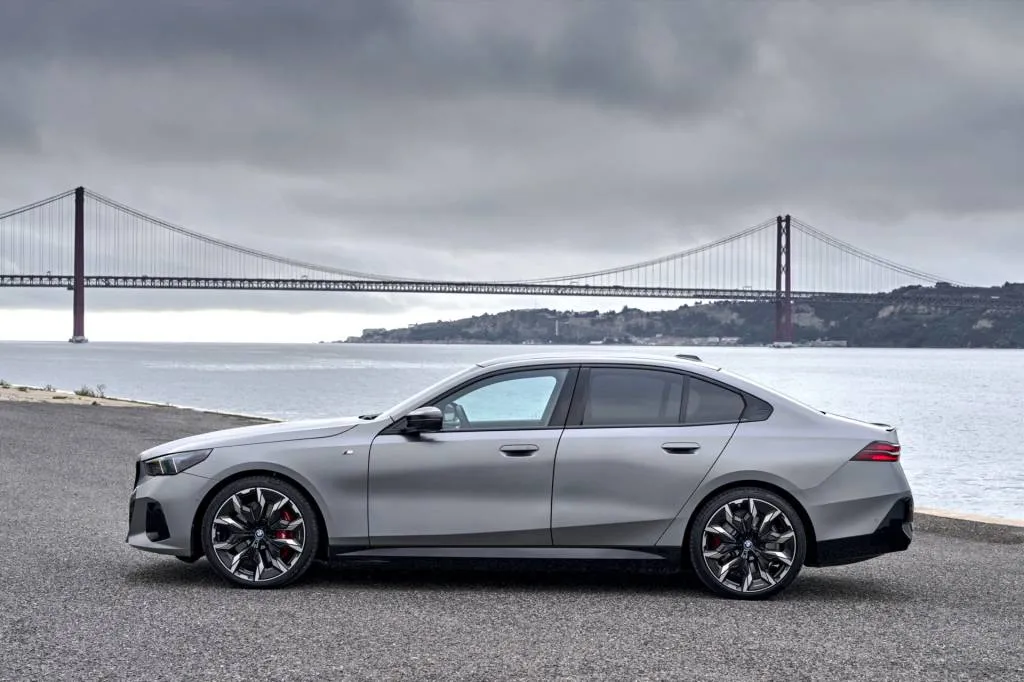
2024 BMW i5 M60 xDrive
The 2024 Chevrolet Blazer, which Green Car Reports reviewed last week, is ready for bidirectional charging, GM officials underscored at the recent launch of the Blazer EV. While it doesn’t have home power backup capabilities enabled yet, the company plans to roll out the home hardware and enabling software this next year, starting with the Silverado EV RST.
Want $1,000 of a Chevy Blazer EV? Just as GM’s midsize electric SUV is starting to roll out to U.S. dealerships in greater numbers, the Blazer EV is eligible for a Costco vehicle discount. And that’s not the only discount right off the bat.
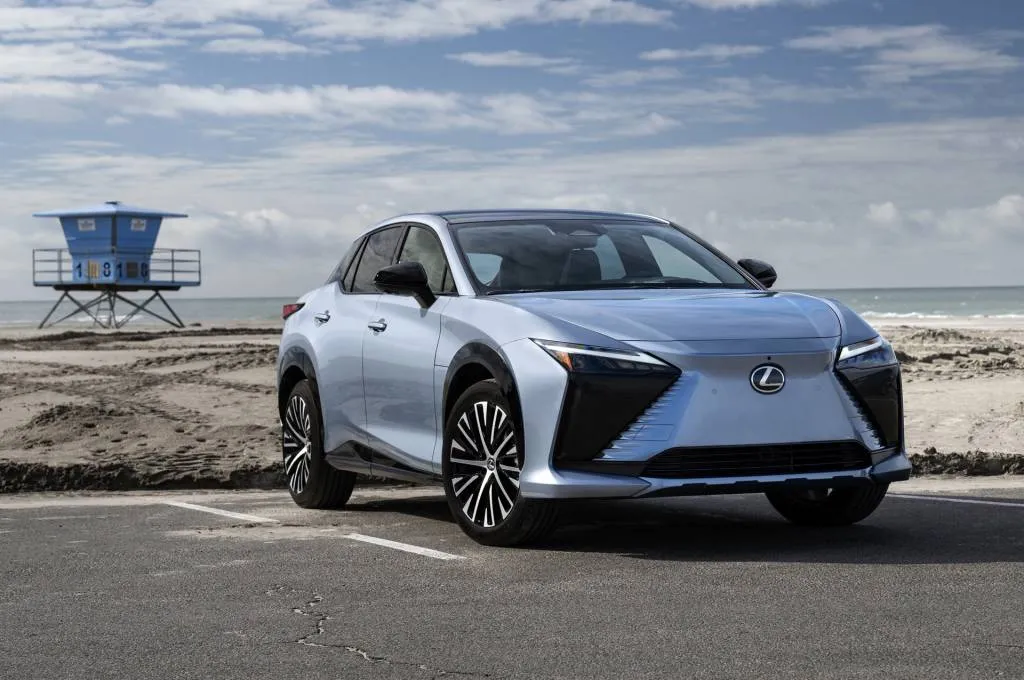
2024 Lexus RZ
The 2024 Lexus RZ 300e adds more driving range to the only EV in the Toyota luxury brand’s U.S. lineup. With a slightly larger 72.8-kwh battery pack and single-motor front-wheel drive, it can hit a 266-mile EPA range rating—albeit with slower acceleration than the AWD 450e. Lexus has said it’s going all-electric by 2030.
With a badging change from UX 250h to UX 300h, the 2025 Lexus UX hybrid gets more power plus a boost in fuel economy. The UX gets a few other tech tweaks for the new model year, but it carries over—still with no sign of the Europe-focused UX 300e on American soil.
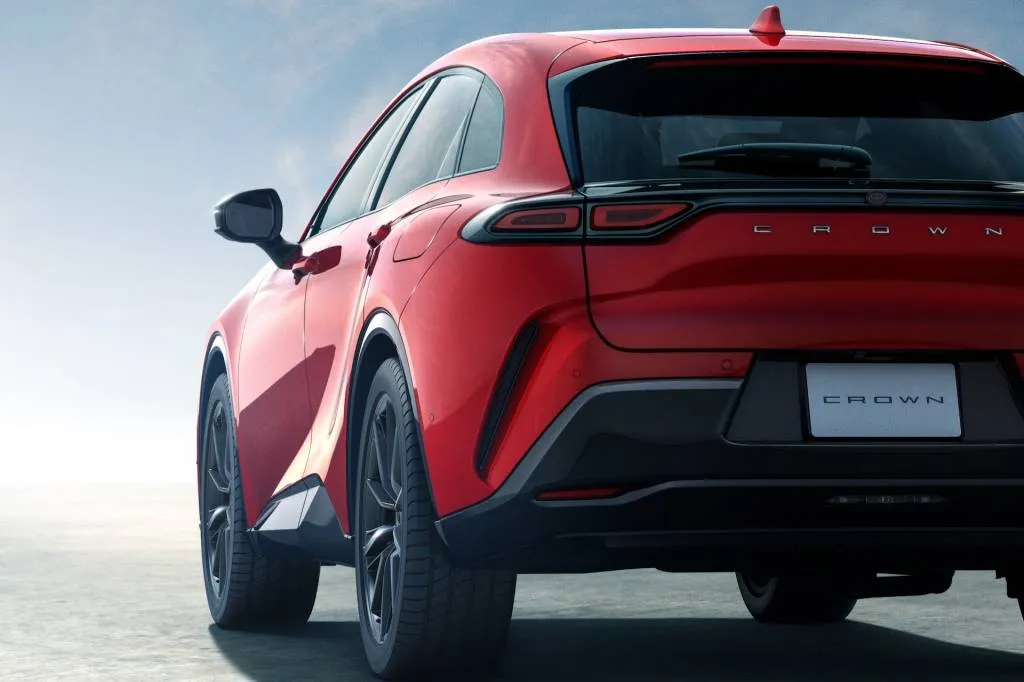
Toyota Crown Sport PHEV
The long-expected Toyota Crown Prime may finally have bowed—as a Crown Sport Plug-In Hybrid. Although for now limited to Japan, the Crown Sport PHEV goes 55 miles electric in that market’s cycle, and it for the first time allows the battery pack to be used as a backup for blackouts or natural disasters—something some Toyota hybrid owners have sought out on the aftermarket for years.
A Nio ET7 went 650 miles on its 150-kwh semi-solid-state battery, the Chinese automaker claimed earlier this week—with 3% of its charge remaining. It might be an indication that more models might soon be catching up to Lucid in efficiency, although this top version of the ET7 costs about the same as an Air.
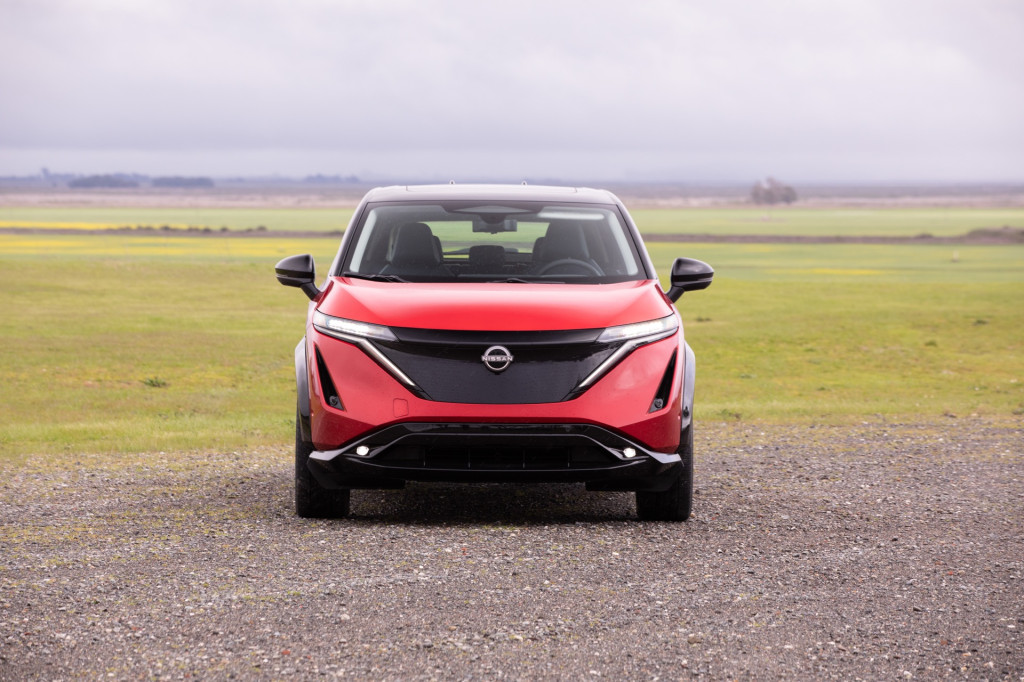
2023 Nissan Ariya e-4orce
The Nissan Ariya is one of our finalists for Green Car Reports Best Car To Buy. Although it’s a little late in a tightly competitive cohort of electric crossovers, it has some secret weapons: its e-4orce all-wheel drive system, a super-hushed cabin, comfortable ride, and just-right interface. Although the numbers may not stand on their own, the Ariya is setting the stage for a very impressive family of future Nissan and Infiniti EVs.
With standardization documents from SAE International, the Tesla NACS connector becomes—true to its name—the EV charging standard for North America. That prompted official backing by the Biden administration, an indication that NACS is native, at least partly, for the federal charging network taking form. And at last, VW, Audi, Porsche, and Scout took the cue and confirmed they’ll also use the Tesla-based connector.
Canada is set to roll out a framework setting the stage for a 2035 national EV mandate. Called the Electric Vehicle Availability Standard, it will gradually ramp up the number of “zero-emission vehicles”—including plug-in hybrids—to 20% in 2026 and 60% in 2030 on the way to that target.
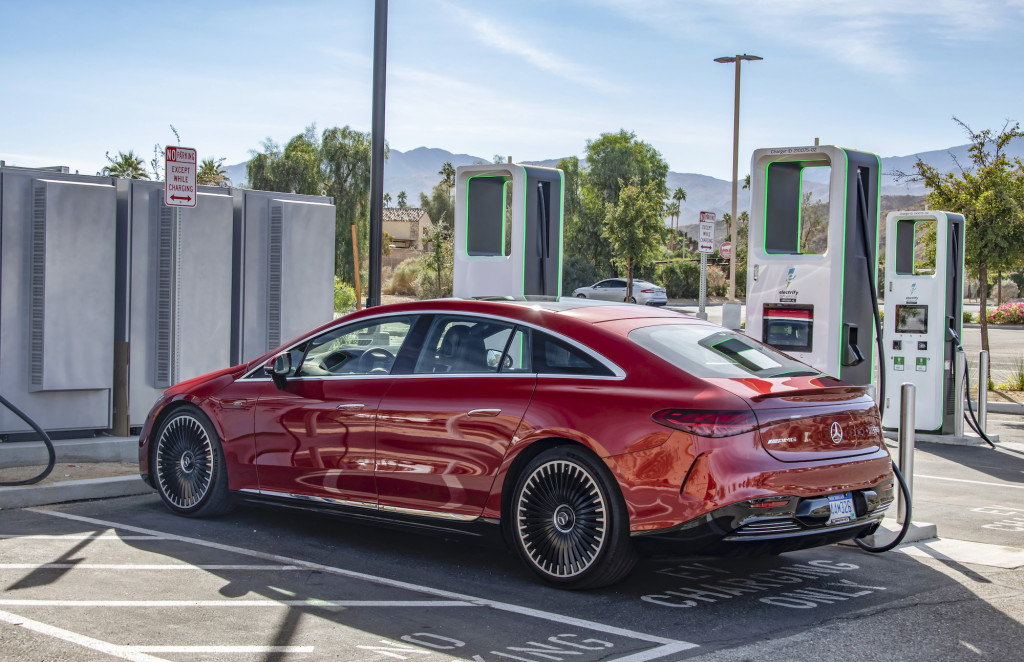
2023 Mercedes-Benz EQS
EV drivers who get free fast charging are plugging in longer than those who pay. That’s according to data provided recently by the U.S. Department of Energy, and it might help automakers and charging networks navigate congestion at public charging.
Requirements for the EV tax credit are tightening in the new year, and many EVs from Ford and GM will lose eligibility. GM points out that the changes will only be temporary, as it shifts sourcing to locations that comply with the new rules for EV-component origin.
In a move that sounds quite familiar to policy from the Biden administration, France last week revealed revamped EV incentives that favor European-made EVs and exclude those from China, offering the equivalent of up to $7,600 per vehicle for a price cap of up to $51,200.
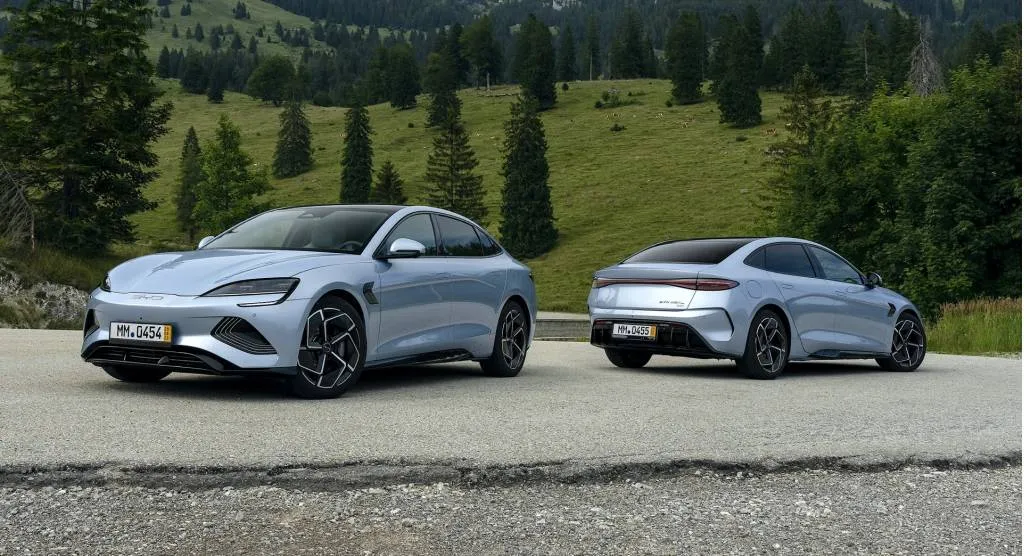
BYD Seal
China’s BYD has introduced one of the strongest rivals yet to the Tesla Model 3 and Hyundai Ioniq 6—to Mexico. Will the BYD Seal electric sedan cross the border?
On that note, the U.S. is considering hiking the 25% tariff on China-made EVs. Will it help foster a wider range of American-built EVs, or will keeping out potentially more affordable EVs slow the rate of EV adoption?
And for a little perspective: Electric car sales are building, and they now account for a much larger share of the U.S. vehicle fleet than they did a few years ago. But it’s worth keeping in mind that the size of the U.S. gasoline vehicle fleet is growing.
_______________________________________













